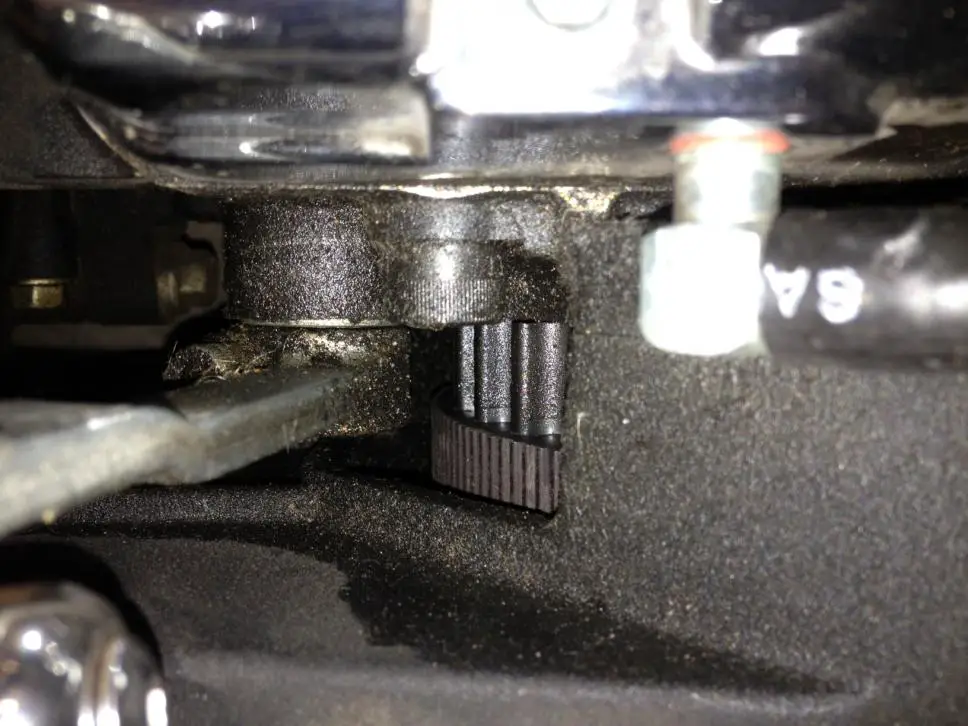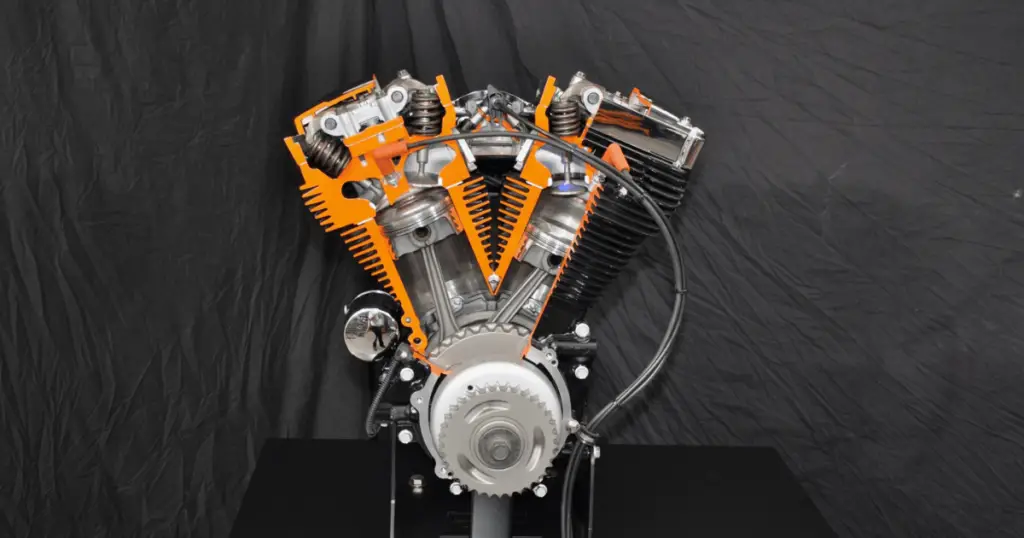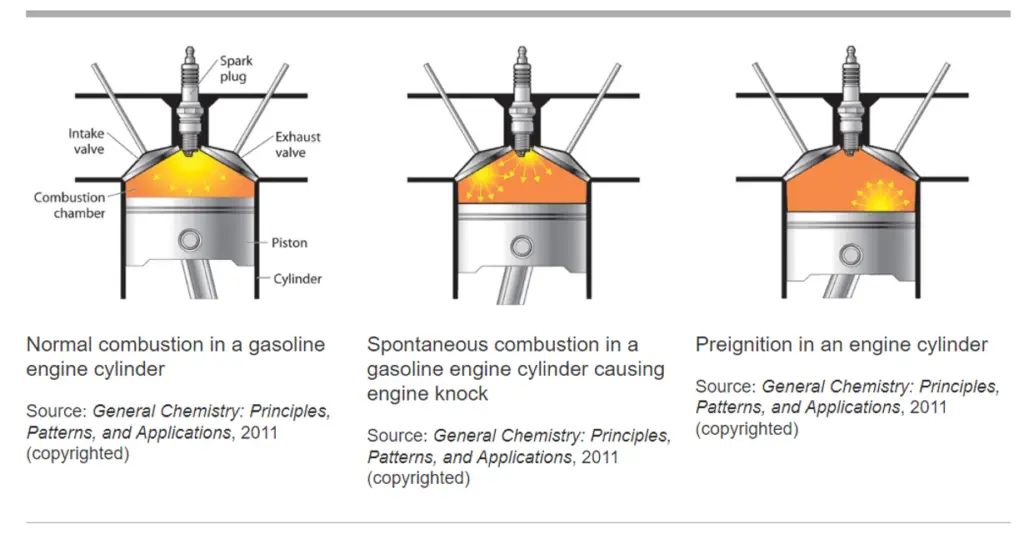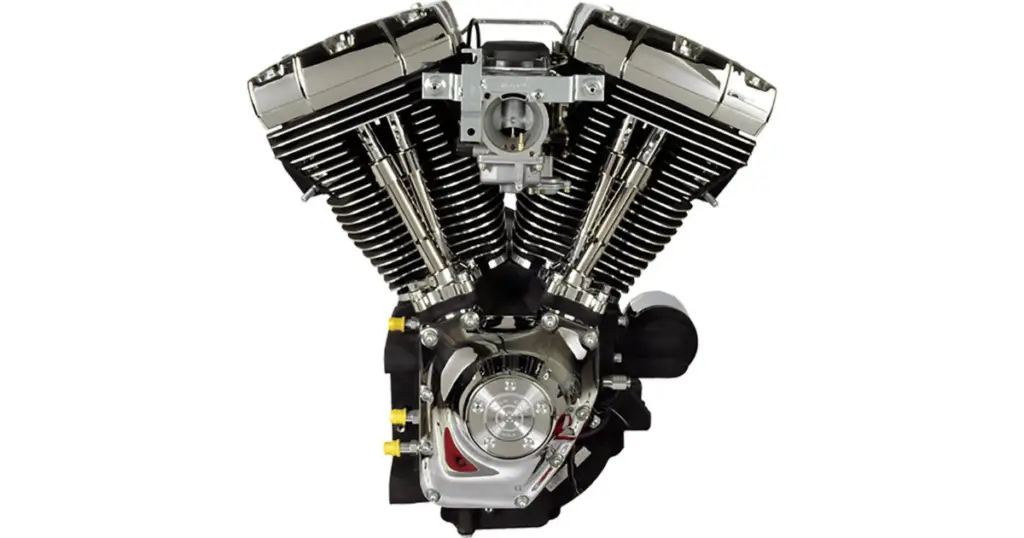In the world of motorcycling, few things stir up as much debate as the real worth of an engine. Love it or loathe it, the Harley 110 engine has been the heart of many passionate discussions amongst bikers. But let’s be clear – are we dealing with a bad motor or a misunderstood powerhouse?
This article strips away the hearsay to reveal the facts about common Harley 110 engine problems, digging deep into the intricacies of Screamin’ eagle 110 engine reliability. Drawing from a reservoir of hands-on experience and factual data, we’ll tackle the perplexing questions and aim to demystify complex jargon.
We invite you to read on, dive into the debate, and empower yourself with knowledge. Whether you’re a DIY repair wizard or a curious newbie, this is a journey we’re set to embark on together, creed of the open road echoing in our hearts. After all, isn’t that what the spirit of motorcycling is all about? Anyways, let’s keep moving.
Read later: Best Tuner for Harley 110: Top Picks for Optimal Performance
Introduction to 110 Screamin Eagle Specs
In this section, we cover exactly the performance you can expect out of the 110, and if you want to know, the cubic inch translation to cubic centimeters. Let’s keep moving!
How Much Horsepower and Torque Does Harley’s 110 Engine Have?
In the realm of high-performance engines, the Screamin’ Eagle 110 stands out with its impressive figures. This engine boasts approximately 110 horsepower, a number that’s not just for show. It translates to real-world riding power, offering a thrilling experience on the open road. Equally notable is its torque output – around 110 ft-lbs aswell. This figure ensures that the power is not just high up in the rev range but is accessible and usable across a broad spectrum of riding conditions. These stats make the Screamin’ Eagle 110 a top choice for those who crave both speed and strength in their ride.
How Many CC is 110 Cubic Inches?
The Screamin’ Eagle 110 engine, as its name suggests, offers a displacement of 110 cubic inches, or 1801 cubic centimeters. This substantial displacement is a critical factor in the engine’s ability to generate its remarkable power and torque. Larger displacement engines like this are known for their ability to produce significant low-end torque, making them ideal for the heavy, cruising-style bikes that many Harley enthusiasts favor. This 110 cubic inch engine is not just a number; it’s a symbol of the Harley tradition of ‘bigger is better.’
What Are The Most Common Screamin Eagle 110 Problems?
Several issues have been reported by owners of the Screamin’ Eagle 110 engine. These include ongoing oil leaks, overheating, piston slap, and lifter failure. Let’s take a closer look at each of these.
Oil Leaks
Typically manifesting as a drip or seep from the engine’s gaskets or seals, these leaks can lead to reduced oil levels, impacting the engine’s lubrication and cooling capabilities. If left unattended, this seemingly minor issue can escalate into major engine damage.

What Leads to These Oil Leaks?
Common factors include:
- Aged Seals and Gaskets: Over time, the seals and gaskets can degrade, losing their elasticity and effectiveness. This deterioration is often accelerated by the high-temperature environment of the engine.
- Vibrational Wear: The Harley 110, known for its characteristic vibration, can cause wear and tear on engine components, leading to gaps where oil can escape.
- Incorrect Installation: Sometimes, the issue stems from incorrect installation or servicing, where gaskets or seals are not properly fitted.
Overheating
One of the most frequent issues with the Screamin’ Eagle 110 engine is overheating. This issue typically manifests as a significant increase in the engine’s temperature, especially during long, high-speed rides. Overheating can damage the engine’s components and may eventually lead to engine failure if left unchecked.
Piston Slap (aka Loose Pistons)

Another common problem is piston slap, also known as loose pistons. This issue occurs when the piston moves from side to side within the cylinder, creating a knocking or slapping sound. This can result in increased wear and tear on the piston and cylinder, potentially leading to engine damage.
Lifter Failure
The Screamin’ Eagle 110 engine has also been reported to suffer from lifter failure. This issue is often identified by a loud tapping noise that becomes more pronounced as the engine speed increases. Lifter failure can lead to significant engine damage if not addressed promptly.
Related: Harley Davidson Engine Rebuild Cost: How Much? (+Replace?)
Other Issues With The 110
In this section, we talk about the less commonly discussed issues with the 110:
- Increased Fuel Consumption
- Engine Misfires
- Premature Timing Chain Wear
Let’s keep moving.
Increased Fuel Consumption
Fuel efficiency is a critical aspect of any engine’s performance, and the Screamin’ Eagle 110 is no exception. Some riders have reported increased fuel consumption, which not only affects the wallet but also raises questions about the engine’s efficiency.
Engine Misfiring
Misfires can disrupt the engine’s smooth running and can lead to performance degradation. Often, the culprit behind misfires is worn out spark plugs. Deteriorated spark plugs struggle to ignite the fuel-air mixture efficiently, leading to misfires.

Premature Timing Chain Wear
The timing chain is integral to maintaining the engine’s rhythm and timing. Premature wear in this component in the Screamin’ Eagle 110 can lead to a range of engine issues, including reduced performance and potential damage.
Several factors contribute to premature timing chain wear:
- Lubrication Shortfalls: Inadequate lubrication can lead to increased friction and accelerated wear.
- Wear and Tear Over Time: Regular use over extended periods naturally leads to wear and stretching of the timing chain.
- Intense Riding Conditions: High-revving and heavy loads can stress the timing chain beyond its normal operating limits.
Were all 110s Affected by These Issues?
While these issues have been reported by numerous owners of the Screamin’ Eagle 110 engine, it’s important to note that not all engines of this model are necessarily affected. Some riders have reported few or no issues with their engines, while others have experienced multiple problems.
Related: Best Year Harley Twin Cam Engine: A Surprising Overview
Did Harley Address These Issues?
Harley-Davidson has taken steps to address these issues in newer models of the Screamin’ Eagle 110 engine. For example, they have made modifications to the engine design to improve cooling and reduce the risk of overheating. However, owners of older models may still experience these problems.
Can You Resolve These Issues At Home?
While some minor issues can potentially be resolved at home, it’s generally recommended to seek the assistance of a qualified mechanic for more serious problems. Overheating, for instance, may require the replacement of cooling system components, while lifter failure and piston slap will likely necessitate more extensive engine repairs.
How To Identify These Problems Before It’s Too Late
Regular inspection and maintenance of your engine can help you identify potential problems before they become serious. Pay attention to signs such as unusual engine noises, decreased performance, and increased engine temperature. If you notice any of these warning signs, it’s advisable to have your engine inspected by a professional as soon as possible.
Related: What Harley Twin Cam Years To Avoid: An Exhaustive Guide
Is The Screamin Eagle 110 A Good Motor? Yes and No

Despite its problems, the Screamin’ Eagle 110 engine is known for its impressive performance and iconic Harley-Davidson design. However, its reported issues can’t be ignored. While some riders may be willing to overlook these problems for the engine’s high performance, others may prefer a more reliable engine model.
How Is The Harley 110’s Reliability Overall?
Overall, the Screamin’ Eagle 110 engine’s reliability is a subject of debate. While some owners have reported few issues with their engines, others have experienced repeated problems. It’s also worth noting that the engine’s reliability may be affected by factors such as maintenance practices and riding conditions.
Related: Harley Oil Pressure Problems? Read This! (Help Is Here)
Would I Recommend Purchasing One?
As an experienced rider, I would recommend the Screamin’ Eagle 110 engine to riders who value performance and are prepared to deal with potential engine issues. However, for riders looking for a more reliable, low-maintenance engine, other models may be a better choice.
Related:
> Twin Cam vs Milwaukee 8: Harley Motor Shootout
> Harley’s Twin Cam vs Evo: Who Reigns Supreme? (Revealed)
How To Tell For Yourself
The best way to determine whether the Screamin’ Eagle 110 engine is right for you is to try it out for yourself. Test ride a bike equipped with this engine, preferably in a variety of conditions, and pay attention to how it performs. Additionally, consider your personal preferences, riding style, and willingness to deal with potential engine issues.
Just remember, while the Screamin’ Eagle 110 engine is known for its impressive performance, it’s also been reported to have several issues. However, with regular maintenance and prompt attention to any problems, this engine can still provide a powerful and enjoyable riding experience.